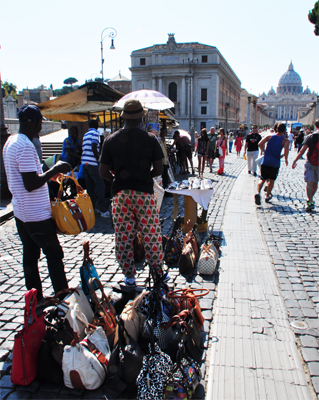 not leaving on a jet planeprologue – le marche 2013
not leaving on a jet planeprologue – le marche 2013
This will serve as the prologue for the journal entries of the 2013 trip to Le Marche.
It’s early June and I’m exactly two months away from leaving for Rome, but I want to tell the story of the horror that is booking through Alitalia.
Back in October, we booked three seats from Toronto to Rome to Ancona. We would be flying Alitalia all the way. But, the tickets were booked through Delta. (We were willing to drive to Toronto so that we could fly into Ancona.) We’ve been experimenting with flying into smaller cities to see if we can make the trip to Isola di Fano shorter and easier. Last year, we flew into Bologna but that became an experience we never want to repeat. Unknown to us foreigners, Bologna is the entry point for vacationers going to the Adriatic beaches. First it took us 4 hours to get through the rent-a-car line and then a trip that should have taken an hour-and-a-half took us 5 because of beach traffic between Bologna and Rimini. For this year we settled on Ancona, believing that we would not hit beach traffic.
Ticketing was a bit difficult, but the Delta agent got us seats and just asked that we check with Alitalia to confirm the seats between Rome and Ancona. By the end of November we had all our seats. (I was a bit anxious, just because it had been a lot of work to get the tickets. And in Kaua’i we agreed to touch base with Delta and make sure everything was on track for the August trip.) Last week, Rose got a phone call saying that the Rome – Ancona leg of the trip had been cancelled by Alitalia. The next couple of days were horrible. She called Delta repeatedly, but they had no access to Alitalia’s new partner for flights between Rome and Ancona. Alitalia would not help, insisting that the ticket was booked through Delta and therefore Delta was obligated to fix the problem. (I even spent a couple of hours at the Pittsburgh airport with an agent to see if she could help. Nothing!) Delta could not get seats from Alitalia, and Alitalia would not let us book on its new partner. (We had already booked a rent-a-car at the Ancona airport. We had already booked hotel rooms for the Saturday before the trip home.) Alitalia refused to help in anyway shape or form and no one at Delta knew how to get to Alitalia. Delta’s option was to refund the ticket.
After much cursing and swearing, we agreed that we would not win against Alitalia and that we had to re-group and figure out how to minimize our financial losses. Rose came up with an absolutely elegant solution. She re-booked the three seats through Delta. I’m flying from Pittsburgh to Detroit, meeting up with Rose and Derrick in Detroit and then fly on to Rome. The return is the same. So we don’t have to drive to Toronto, pay airport parking for two weeks and then drive home. In Rome we will pick up a car and drive the 3 hours to Isola di Fano.

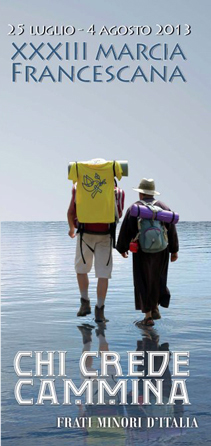
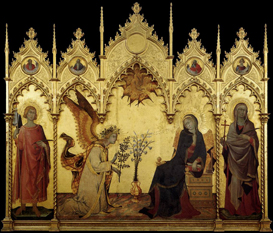 Last summer we walked into this church in Pesaro and taped to the podium was this wonderful poster –
Last summer we walked into this church in Pesaro and taped to the podium was this wonderful poster – 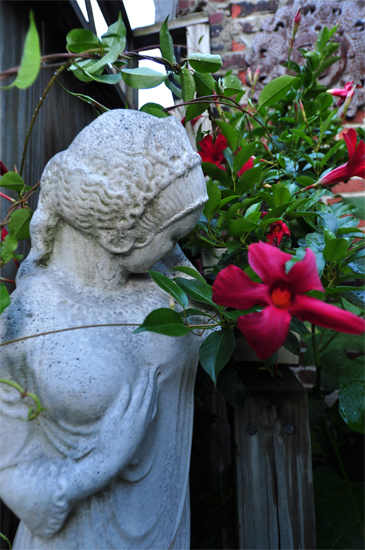
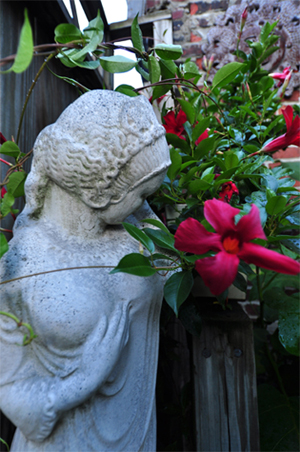 This is a first – I’ve already written a prologue and two posts for the journal le marche 2013 and I haven’t even left Pittsburgh.
This is a first – I’ve already written a prologue and two posts for the journal le marche 2013 and I haven’t even left Pittsburgh.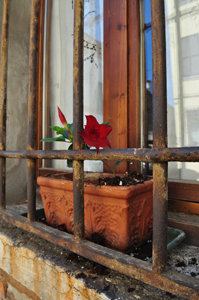 It was August 14, 2011. We were on our third day in this left-leaning, Emilia-Romagna jewel and walking, in the meager shade, to the museum. And there behind wrought iron posts, on a windowsill littered with dirt, was a single Mandevilla – the image on the left. Of course I stopped the trek and shot the lone plant jailed behind rusting bars. (I had bought Mandevillas for the first time that summer and seeing them in Ferrara was a glimpse of home. I’ve planted them every year since.) It always surprises me to see plants in Italy that I grow in my own back-yard. I’m surprised because I keep thinking that the fauna and flora of Italy should be different than what we have in Western Pennsylvania.
It was August 14, 2011. We were on our third day in this left-leaning, Emilia-Romagna jewel and walking, in the meager shade, to the museum. And there behind wrought iron posts, on a windowsill littered with dirt, was a single Mandevilla – the image on the left. Of course I stopped the trek and shot the lone plant jailed behind rusting bars. (I had bought Mandevillas for the first time that summer and seeing them in Ferrara was a glimpse of home. I’ve planted them every year since.) It always surprises me to see plants in Italy that I grow in my own back-yard. I’m surprised because I keep thinking that the fauna and flora of Italy should be different than what we have in Western Pennsylvania. 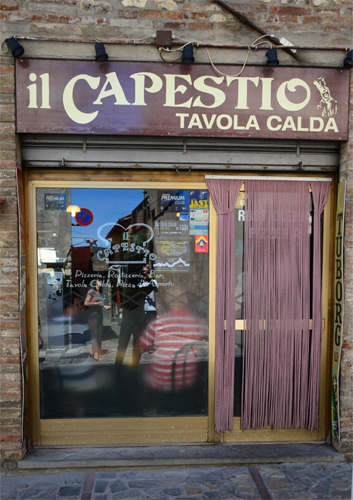


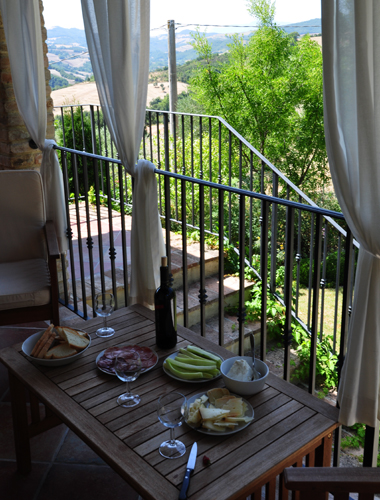
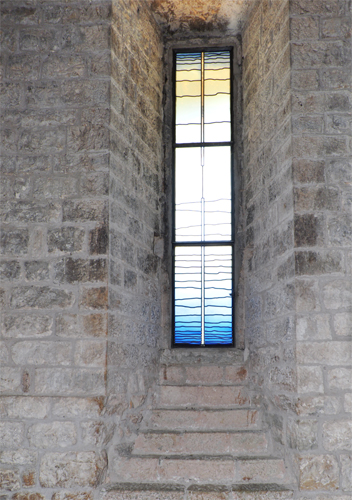
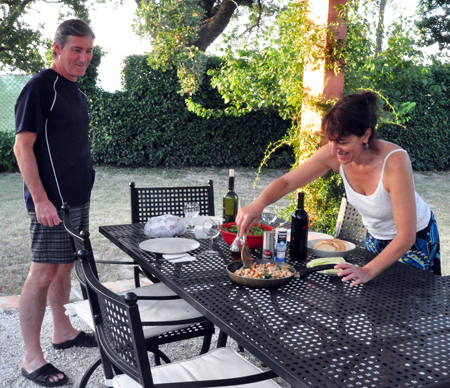
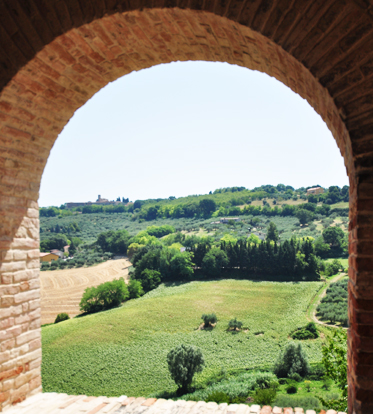

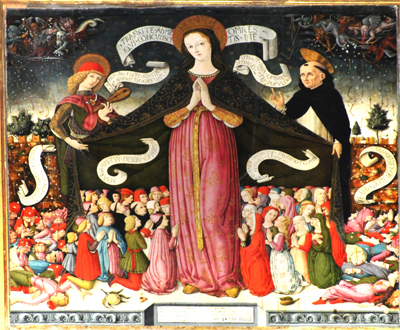
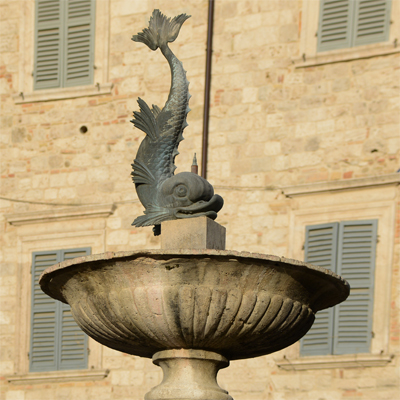
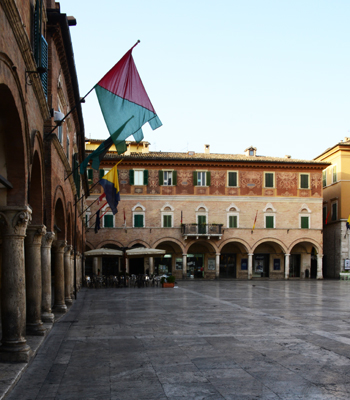

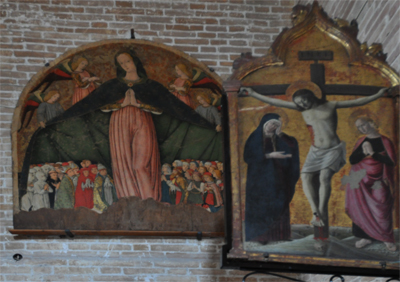
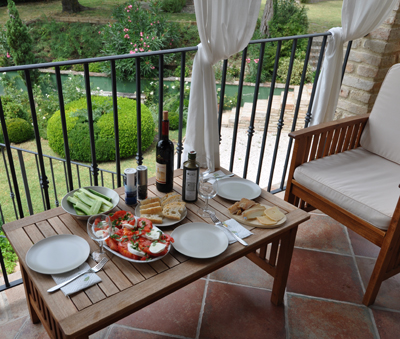
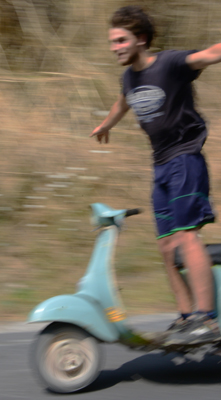
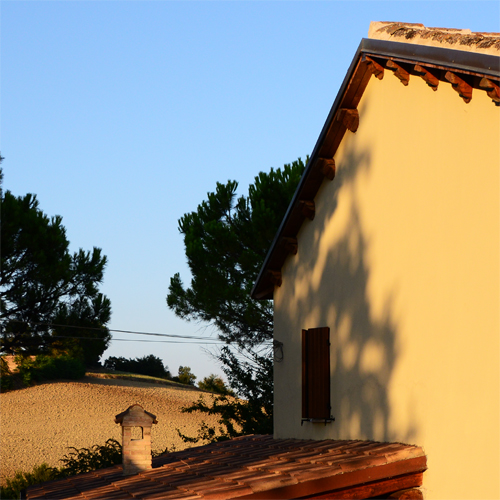


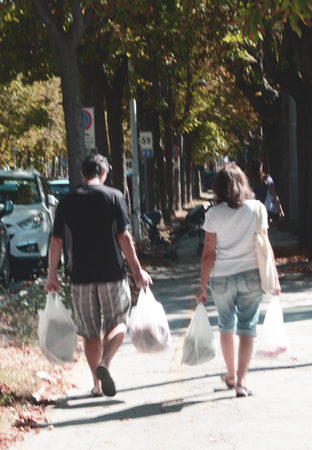
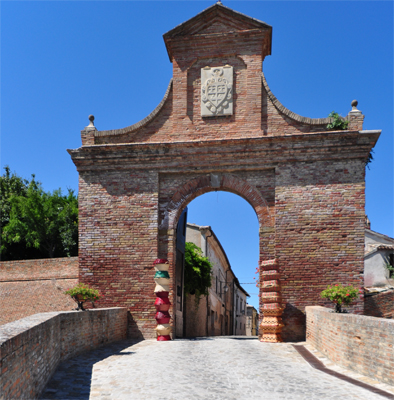
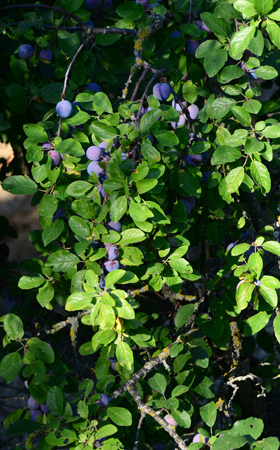
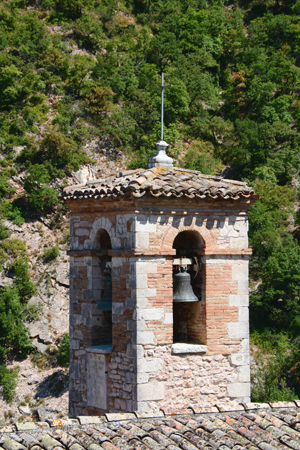

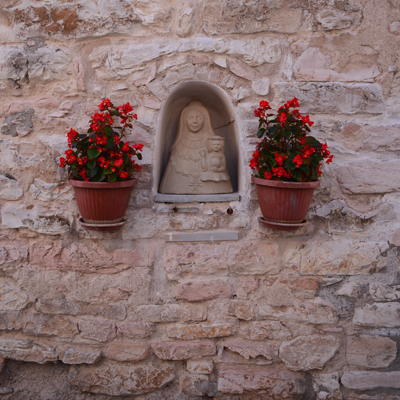
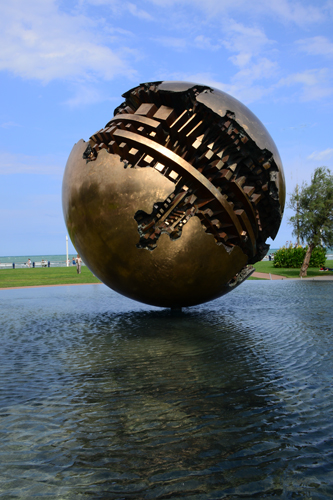
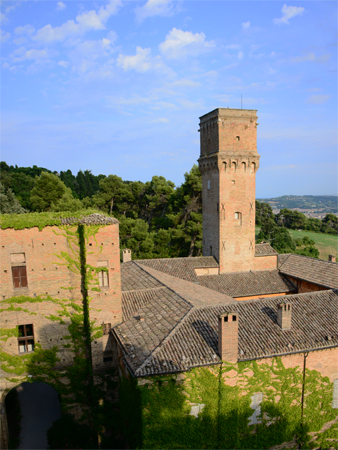
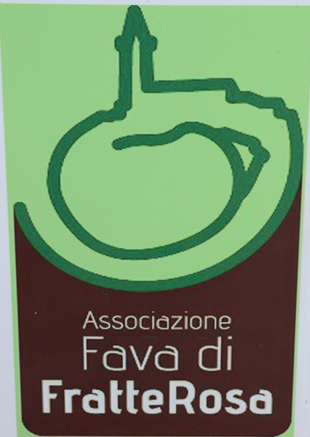

 an amazing meal
an amazing meal
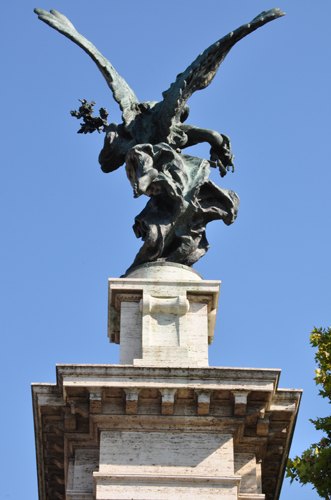
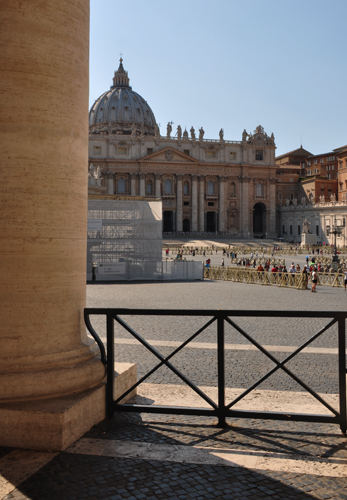

 what i learned
what i learned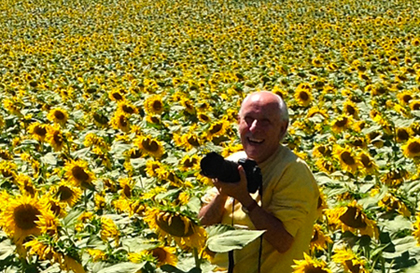
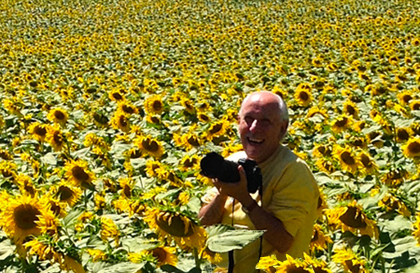 This entry is so after the fact. It’s Sunday evening, September 8, three weeks after the trip to Le Marche, but because I want to use the pic on the right, I’m pretending time travel back to Saturday, August 3 …
This entry is so after the fact. It’s Sunday evening, September 8, three weeks after the trip to Le Marche, but because I want to use the pic on the right, I’m pretending time travel back to Saturday, August 3 … 
 When we were in the south, we headed to the Adriatic, to San Benedetto del Tronto hoping to find the Paolo Annibali sculptures along the waterfront. We couldn’t find them. However across the street from the beautiful ocean-front park were two proclamations, scrawled on the white walls of a fancy hotel, exposing the modern condition of isolation-and-sickness through that most virulent of art forms – graffiti.
When we were in the south, we headed to the Adriatic, to San Benedetto del Tronto hoping to find the Paolo Annibali sculptures along the waterfront. We couldn’t find them. However across the street from the beautiful ocean-front park were two proclamations, scrawled on the white walls of a fancy hotel, exposing the modern condition of isolation-and-sickness through that most virulent of art forms – graffiti.
